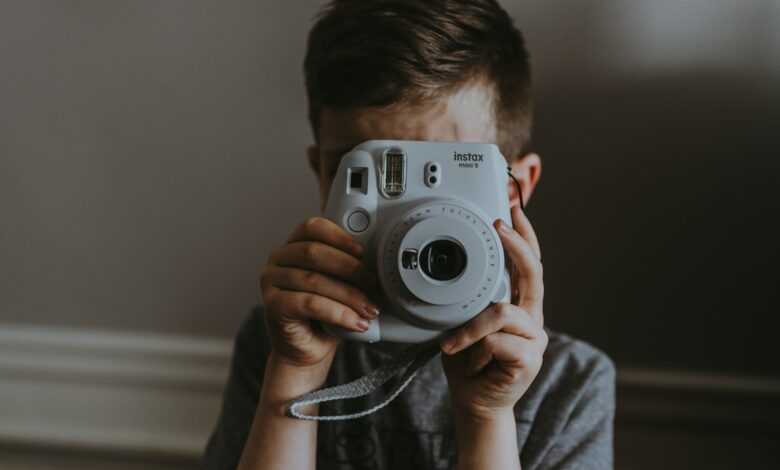
We’ve all had that moment: you find a photo you love, but when you look closer it’s blurry, pixelated, or just not sharp enough to use. Maybe it’s an old family picture, maybe it’s a product photo you need for your shop, or maybe it’s something you want to print larger. Years ago, fixing it would have taken hours in Photoshop—if you even knew how to use it. Today it’s different. With AI, it takes less than a minute to enhance photo quality, and the results are surprisingly good.
Why Photo Quality Makes Such a Difference
Images are everywhere—on websites, in ads, on social media. The sharper and clearer they look, the more people stop to pay attention. Think about how you shop online: a clean, detailed product photo feels trustworthy, while a blurry one makes you hesitate. The same goes for real estate listings, creative portfolios, or even casual posts on Instagram.
But it’s not only about business. On the personal side, most of us have folders of old pictures that are special but not exactly high-quality. Sometimes they’re scanned prints from years ago, sometimes just photos taken on older phones. Being able to enhance photo clarity and restore details can make those memories feel alive again.
How AI Helps
Unlike manual editing, which can take hours and requires some serious skill, AI tools work by “learning” what sharp, clear images should look like. They’ve been trained on millions of examples, so when you upload your photo, the algorithm fills in the missing details and sharpens the blurry parts automatically.
One tool I’ve found particularly easy to use is ImageUpscaler.com. You don’t need to install anything—just upload a picture, wait around twenty seconds, and download the improved version. It’s quick, and it works well on everything from selfies to product shots. For many people, it’s now the easiest way to enhance photo resolution without touching complicated software.
Where People Use It Most
Over time I’ve seen people apply this kind of AI enhancement in all sorts of ways. Online sellers polish up their product images to look more professional. Real estate agents use it to make property photos stand out. Families restore old albums, designers scale artwork for posters, and even casual users rescue photos they thought were too blurry to share.
I recently tried it on a group photo taken at night. It wasn’t awful, but it was too grainy to print. After running it through the enhancer, the details were noticeably sharper, and I ended up framing it. That’s the kind of everyday use where AI really shines—it saves pictures you would otherwise forget about.
A Few Simple Tips
If you’re planning to use AI regularly, there are a couple of things to keep in mind. Always start with the best version of the photo you have—the cleaner the input, the better the result. Don’t automatically choose the highest upscaling factor; sometimes doubling the size looks more natural than pushing it to the maximum. And if you want the final image to look perfect, you can still do small manual edits afterward, like adjusting brightness or cropping.
In short, AI tools can handle most of the heavy lifting, but a thoughtful approach will help you get the most from every enhance photo session.
Final Thoughts
Photo editing used to be complicated. Now it’s something anyone can do in a few clicks. Whether you’re trying to sell a product, improve a work presentation, or just breathe new life into an old memory, AI makes it easy to enhance pictures without needing special skills.
If you’ve got a folder of images that never looked as good as you wanted, don’t delete them just yet. Try running them through an enhancer. With tools like Image Upscaler, it only takes a moment to enhance photo quality, and you may be surprised at how much detail is still hidden inside those pixels.




